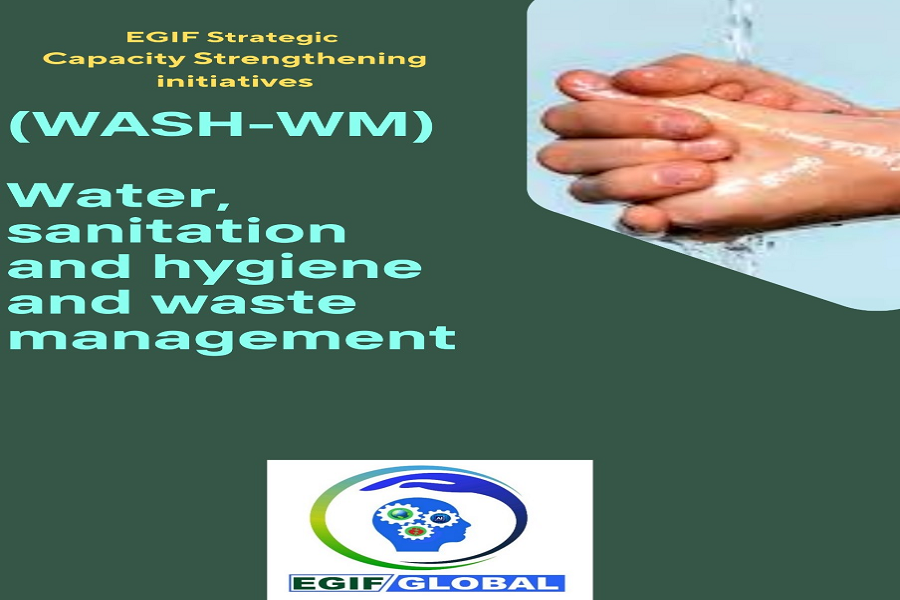1. (SLOWe) Sustainable Livelihoods and Opportunities for Women’s Empowerment
Sustainable Livelihoods and Opportunities for Women’s Empowerment is a concept and initiative focused on enhancing the economic stability and overall well-being of women through sustainable development practices. It emphasizes providing women with the skills, resources, and support needed to achieve long-term economic independence and empowerment.
Key Components:
a. Sustainable Livelihoods:
- Income-Generating Activities: Creating opportunities for women to engage in activities that provide a steady income, such as agriculture, handicrafts, small-scale manufacturing, and services.
- Environmental Sustainability: Promoting livelihood strategies that are environmentally friendly and sustainable, ensuring that economic activities do not degrade natural resources but instead contribute to their preservation.
- Resilience Building: Developing women’s capacity to cope with economic shocks, climate change, and other vulnerabilities through diversified income sources and community support systems.
b. Skills Development:
- Vocational Training: Offering training in various trades and professions that are in demand in local markets, enhancing women’s employability.
- Entrepreneurship Skills: Teaching business management, financial literacy, and marketing to enable women to start and sustain their own businesses.
- Digital Literacy: Providing training on digital tools and technologies, which are essential in the modern economy and can open up new employment opportunities.
c. Economic Opportunities:
- Access to Finance: Ensuring women have access to financial services, including microloans, savings accounts, and insurance, to support their entrepreneurial activities and personal development.
- Market Access: Facilitating connections between women entrepreneurs and markets, including local, national, and international platforms, to sell their products and services.
- Employment Opportunities: Creating pathways for women to access formal employment, ensuring fair wages, decent working conditions, and opportunities for advancement.
d. Empowerment and Equality:
- Leadership Development: Encouraging women to take on leadership roles within their communities and businesses, fostering a culture of empowerment and gender equality.
- Advocacy and Rights: Promoting awareness of women’s rights and advocating for policies that support gender equality in all spheres of life, including the workplace, education, and public life.
- Supportive Networks: Building networks of support, such as women’s groups, cooperatives, and mentoring programs, to provide guidance, share knowledge, and create solidarity among women.
e. Community and Social Impact:
- Community Development: Engaging women in community development initiatives that address local needs, promote social cohesion, and enhance community resilience.
- Education and Awareness Conducting programs to raise awareness about gender equality, health, education, and other social issues, contributing to the overall development of the community.
- Cultural Change: Challenging traditional norms and stereotypes that restrict women’s roles, promoting a more inclusive and equitable society.
Goals and Vision:
The vision of (SLOWe) is to create a world where women have the skills, opportunities, and support needed to achieve economic independence, improve their quality of life, and contribute positively to their communities. The initiative aims to foster an environment where women can thrive, not just survive, by ensuring access to sustainable livelihoods and promoting empowerment in all areas of life.
2. Water, Sanitation, Hygiene (WASH) with Waste Management
Integrating Water, Sanitation, Hygiene (WASH) with Waste Management is crucial for ensuring a holistic approach to public health and environmental sustainability. Here’s a comprehensive look at how these elements intersect and can be managed effectively:
a. Water Management
- Access to Safe Water: : Ensure communities have reliable access to clean drinking water. This might involve installing water purification systems or developing new water sources.
- Water Conservation: Promote practices that reduce water wastage and ensure sustainable use of water resources.
b. Sanitation
- Sanitary Facilities: : Construct and maintain clean and safe sanitation facilities, such as latrines or toilets, to prevent contamination of water sources and reduce health risks.
- Wastewater Management: Implement systems to treat and safely dispose of wastewater, such as sewage treatment plants or septic systems.
c. Hygiene
- Hygiene Education: Educate communities about the importance of handwashing, safe food preparation, and other hygiene practices to prevent disease.
- Hygiene Products:Ensure access to hygiene products like soap, menstrual hygiene products, and sanitation supplies.
d. Waste Management
- Solid Waste Collection: Develop systems for regular collection and disposal of solid waste to keep communities clean and reduce environmental impact.
- Waste Reduction: Promote practices that reduce waste generation, such as recycling, composting, and minimizing single-use plastics.
- Waste Treatment: Implement methods for treating waste, such as composting organic waste or incineration for non-recyclable materials.
e. Integration Strategies
- Coordination: Ensure that water, sanitation, hygiene, and waste management efforts are well-coordinated to address interconnected issues effectively.
- Community Involvement: Engage local communities in planning and implementation to address specific needs and ensure sustainability.
- Infrastructure Development: Build and maintain infrastructure that supports all aspects of WASH and waste management, ensuring it is resilient and adaptable to changing conditions.
3. (EAR) Education and Resources
Implementation Strategies
a. Educational Campaigns
- Host workshops, webinars, and seminars on energy, water, and tree conservation.
- Create online content (articles, videos, infographics) to raise awareness about plastic reduction.
b. Community Engagement
- Organize community clean-up events focusing on plastic waste.
- Set up local conservation groups to work on tree planting and water-saving initiatives.
c. Practical Applications
- Develop a toolkit with practical tips and resources for households and businesses to implement energy and water-saving measures.
- Create a mobile app or website that helps users track their plastic use and provides alternatives.
d. Monitoring and Evaluation
- Set up metrics to track the impact of your project on energy and water savings, tree conservation, and plastic reduction.
- Conduct surveys and gather feedback to assess the effectiveness of educational materials and community initiatives.




